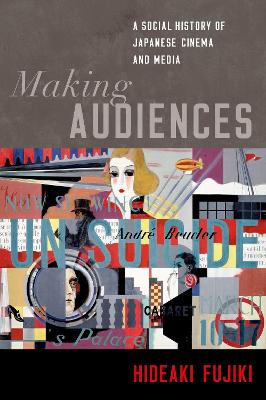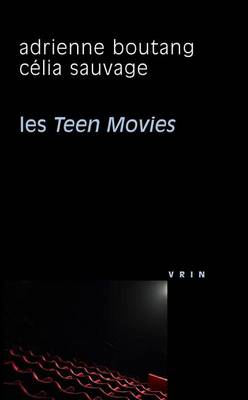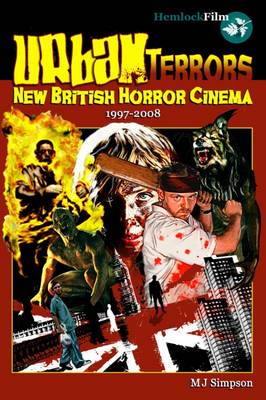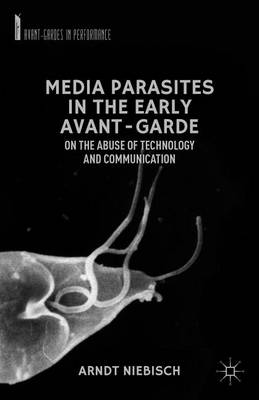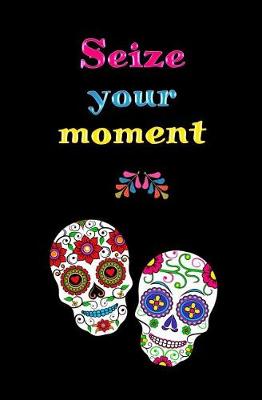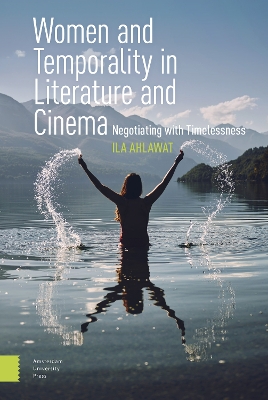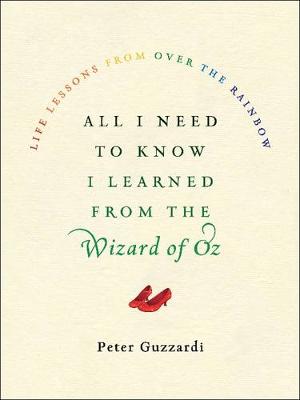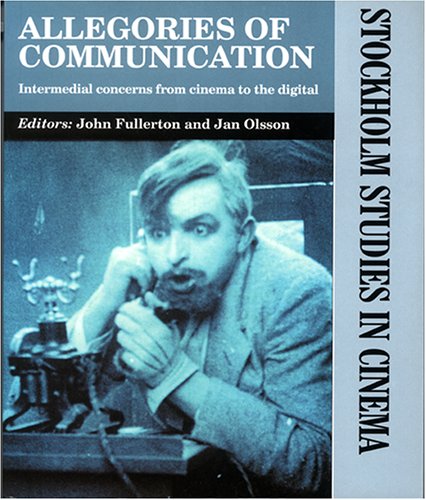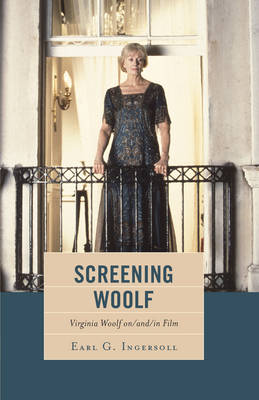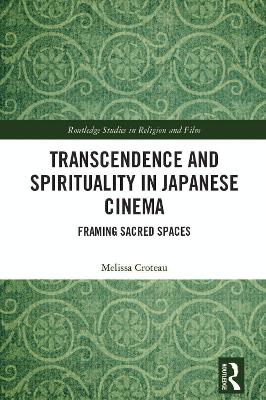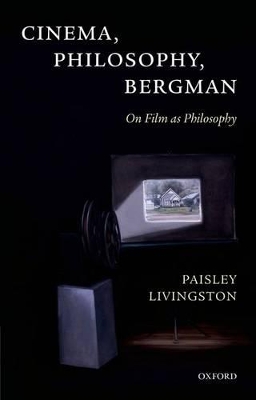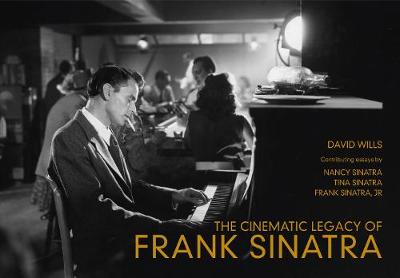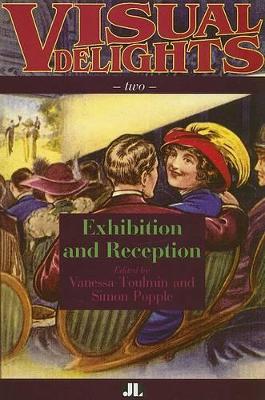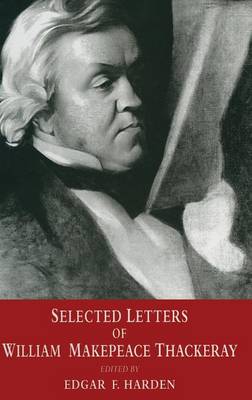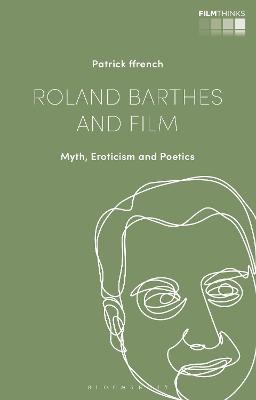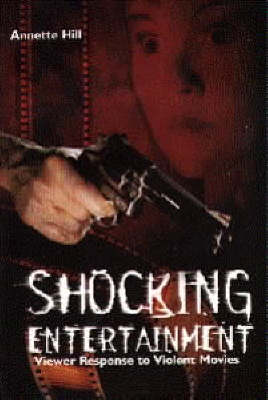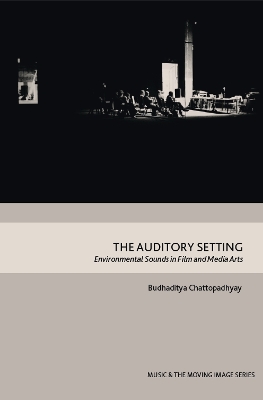Film has always been a key technology for producing and disseminating attachments to 'the social.' Making Audiences explores the century-old relationships between Japanese media and social subjects, analyzing the connections between cinema audiences and five significant discursive terms: minshu (the people), kokumin (the national populace), toa minzoku (the East Asian race), taishu (the masses), and shimin (citizens). Fujiki narrates the history of Japan's transmedia ecology, illuminating cinema...
Les Teen Movies (Philosophie Et Cinema)
by Adrienne Boutang and Celia Sauvage
Media Parasites in the Early Avant-Garde: On the Abuse of Technology and Communication
by Arndt Niebisch
Women and Temporality in Literature and Cinema delves into the subject of literary and cinematic women characters entrapped in temporal spaces and their peculiar communication with visibility, enclosure, space, and time in the context of sexual and temporal discord. It explores subjects such as youth, ageing, remembering, forgetting, and repeating within the larger realm of gendered temporalities that are essentially nuanced and affective experiences. Throughout, this book seeks to locate and sp...
In the bestselling tradition of Everything I Need to Know I Learned in Kindergarten, a wise and inspiring collection of life lessons drawn from one of the most beloved movies of all time: The Wizard of Oz After a lifetime in book publishing, Peter Guzzardi had edited a remarkable group of diverse authors, from Stephen Hawking to Deepak Chopra, from Carol Burnett to Douglas Adams, from Byron Katie to Geneen Roth. Yet everything he’d learned from working with them felt oddly familiar. One day it...
Allegories of Communication
As the subtitle indicates, this book has three majors concerns. The first and most important concern is an examination of the film adaptations of Woolf's novels-To the Lighthouse, Orlando, and Mrs. Dalloway-in the order the films were released. This is the heart of the matter, a fairly conventional effort to acknowledge film reviews as well as the criticism of academicians in film or literature as a starting point for a fresh view of these three film adaptations. Since many film specialists pref...
Transcendence and Spirituality in Japanese Cinema (Routledge Studies in Religion and Film)
by Melissa M. Croteau
This book explores significant representations of Shinto and Buddhist sacred space, spiritual symbols, and religious concepts that are embedded in the secular framework of Japanese films aimed at general audiences in Japan and globally. These cinematic masterpieces by directors Akira Kurosawa, Hayao Miyazaki, Hirokazu Kore-eda, and Makoto Shinkai operate as expressions of and, potentially, catalysts for transcendence of various kinds, particularly during the Heisei era (1989-2019), when Japan ex...
This volume closely examines the near-ubiquitous images of state security walls, domes, and other such defense enclosures flashing across movie screens since 2006, the year of the ratification of George W. Bush’s Secure Fence Act. This study shows that many of the films of this era enable us to imaginatively test the effects of these security mechanisms on citizens, immigrants, refugees, and other sovereign states, challenging our commitment to constructing them, maintaining them, staffing them,...
The increasingly popular idea that cinematic fictions can 'do' philosophy raises some difficult questions. Who is actually doing the philosophizing? Is it the philosophical commentator who reads general arguments or theories into the stories conveyed by a film? Could it be the film-maker, or a group of collaborating film-makers, who raise and try to answer philosophical questions with a film? Is there something about the experience of films that is especially suited to the stimulation of worthwh...
While the gangster film may have enjoyed its heyday in the 1930s and '40s, it has remained a movie staple for almost as long as cinema has existed. From the early films of Humphrey Bogart, James Cagney, and Edward G. Robinson to modern versions like Bugsy, Public Enemies, and Gangster Squad, such films capture the brutality of mobs and their leaders. In Gangsters and G-Men on Screen: Crime Cinema Then and Now, Gene D. Phillips revisits some of the most popular and iconic representations of the...
"In a film career spanning more than five decades, Frank Sinatra proved to be a roulette wheel of constantly spinning talent, the likes of which Hollywood has rarely seen. Film history is filled with stars created by the studio system. Occasionally, however, a performer emerged who, against all preconceived odds of what a star should be or look like, knocked down the walls of convention by becoming nothing other than what they already were. Frank Sinatra was the embodiment of this fundamental tr...
Popular Italian Cinema: Culture and Politics in a Postwar Society (International Library of Visual Culture)
by Flavia Brizio-Skov
Acclaimed as one of the most influential and innovative American directors, Francis Ford Coppola is also lionized as a maverick auteur at war with Hollywood's power structure and an ardent critic of the postindustrial corporate America it reflects. However, Jeff Menne argues that Coppola exemplifies the new breed of creative corporate person and sees the director's oeuvre as vital for reimagining the corporation in the transformation of Hollywood. Reading auteur theory as the new American busine...
Selected Letters of William Makepeace Thackeray
These letters have been selected according to their ability to convey the essential biographical developments of a very interesting life, and their ability to represent highly characteristic verbal and pictorial expressions of a great man of letters. In spite of his struggles, Thackeray articulates in his letters an exhuberance characteristic of one of the great enjoyers of life. Seventy five of his comical illustrations accompany the texts of these letters.
Suspicious of what he called the spectator’s “sticky” adherence to the screen, Roland Barthes had a cautious attitude towards cinema. Falling into a hypnotic trance, the philosopher warned, an audience can become susceptible to ideology and “myth”. In this book, Patrick Ffrench explains that although Barthes was wary of film, he engaged deeply with it. Barthes’ thought was, Ffrench argues, punctuated by the experience of watching films – and likewise his philosophy of photography, culture, semio...
"Shocking Entertainment" attempts to understand why adults choose to watch violent films which societal/cultural consensus considers extreme and brutal. If these films are brutalising, why do consumers consider them entertaining? Understanding the process of viewing violence is one way of opening up the current debate concerning the 'effects' of violence to include objective and broadminded responses to this phenomena of our times.
The Auditory Setting introduces and investigates how narrative and a sense of place are constructed in film and media arts through the reproduction and mediation of site-specific environmental sounds, or 'ambience'. Although this sonic backdrop acts as the acoustically mediated space where a story or event can take place, there has been little academic study of sound's undervalued role in cinematic setting and production. Drawing on theories of narrative, diegesis, mimesis and presence, and fol...
